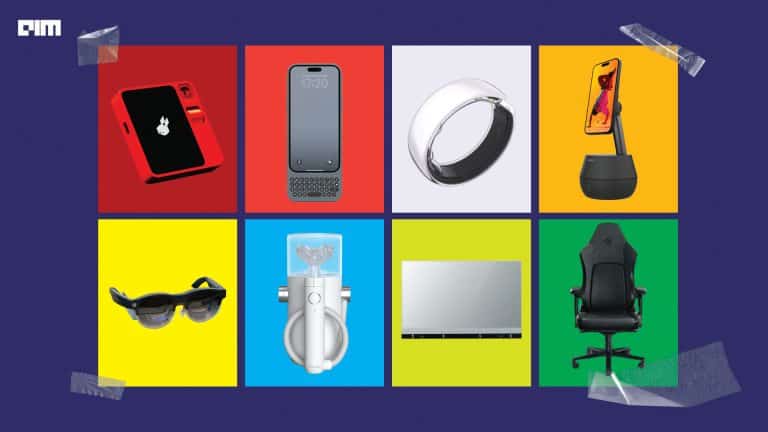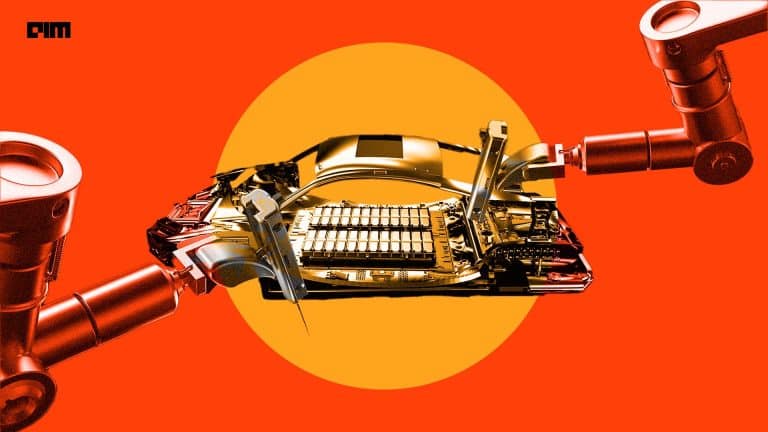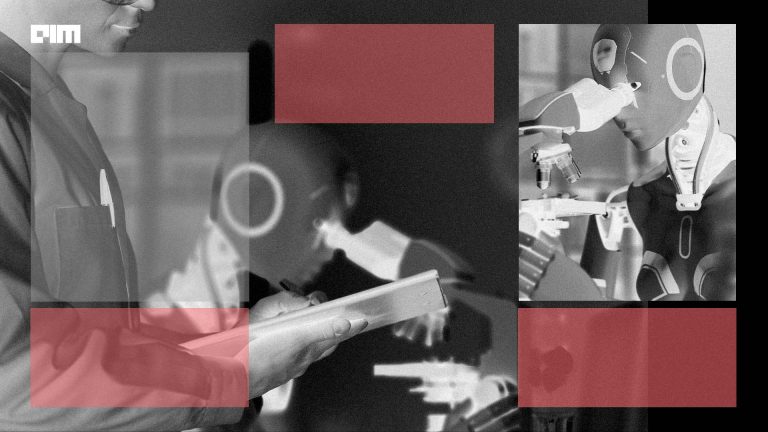Like every year, CES 2019 packed an outstanding lineup of wearables, with multiple companies using CES as a launchpad to announce new products. Here are the top 10 wearables from CES 2019, the list is in no particular order.
App-Elles
App-Elles is a wearable developed to prioritise the safety of women and children. Just like a fitness tracker bracelet, App-Elles connects with an Android/iOS application that allows users to set 3 emergency contacts. Upon pressing the bracelet down, the device will then alert one of these contacts, who are also required to have the app. Upon alerting the contact, they will then be able to track the user’s live location in real-time. This is due to the bracelet having GPS built into it, along with facilities to transmit live audio to the contacts specified.
Quell 2.0
The Quell 2.0 is a wearable band that classifies as a transcutaneous electrical nerve stimulation (TENS) device. Wrapping this band around the user’s leg will prompt specific neural pulses to their brain, triggering a pain relief response in the Central Nervous System.
Users can wear this band strapped to their calf, no matter where the pain is. It can also be used while sleeping, with a companion app monitoring the user’s sleep, how much time they spent in bed and their overall sleep quality.
Withings’ Move ECG Analog Watch
The latest offering from Withings unveiled at CES was the Withings’ Move ECG analog watch. As implied by its name, it is an analogue smartwatch that connects with the users’ phones to provide health data.
It has an electrocardiogram built into the watch, that will enable users to track metrics like pace, distance, number of burned calories, steps and floors climbed. ECG can be used to detect signs of atrial fibrillation in the user. Moreover, it also allows users to track sleep quality and monitor it throughout the night.
Unlike other smart watches, the Withings does not require charging. Instead, the watch functions on a typical coin cell battery that will last close to one year.
Garmin Vivoactive 3 Music
Garmin, the prominent smartwatch manufacturing company, had a surprise for enthusiasts at CES this year. The company launched 4G-enabled GPS smartwatch, known as the Vivoactive 3 Music. Due to the availability of 4G, the device will allow for users to listen to music, send text messages, and track workouts without the need for a smartphone.
The watch also includes a safety feature – incident detection technologies that is activated during select activities. This notifies emergency contacts of user’s locations in real-time upon an “incident” occurring. In addition to this, the watch comes with a bevy of sensors such as GPS, compass, thermometer, heart rate sensor, NFC, and a barometric altimeter.
L’Oreal My Skin Track pH
Falling on the weirder side of wearables, beauty product manufacturer L’Oreal released the My Skin Track pH at CES this year. This functions as a “stick-on wearable” that utilizes microfluidic technology to detect a user’s skin pH levels through their sweat. This sensor was developed under L’Oreal’s skincare brand La Roche-Posay in conjunction with Epicore Biosystems
The wearable will capture trace amounts of sweat from skin pores. Following this, it will provide an accurate pH reading and recommend users with L’Oreal skincare products tailored to their skin type.
Muse Softband
Muse is a company known for producing wearables that aid in meditation, with their latest offering at CES this year being the Softband. It helps individuals meditate as they fall asleep, providing real-time feedback on what is happening inside their brain. This is done through the use of seven EEG sensors along the scalp of the user, and a heart rate monitor.
While the user medidates, the headband measures whether their mind is calm or active, and translates that into audio. The band detects when the user is asleep, turns off the sound and tracks sleep related stats using an accelerometer for body movement and breath. It provides users with data such as wake time, REM/Light/Deep sleep, heart rate, respiration rate and movement.
Halo Sport 2
The Halo Sport 2 is a wearable that aims to harness the power of neuropriming to power workouts. It is designed to be worn on the head, and uses pulses of energy to prime the brain into a state of ‘hyperlearning’. The wearable provides considerably better results when paired with workouts.
The second iteration of this technology was shown off at CES this year, and has Bluetooth for a wireless experience. The app has also been updated to include tracking, reminders and brain training tips to be used in conjunction with the wearable.
OptiShokz Revvez
OptiShokz is a sister company of AfterShokz, a firm focused on bone conduction stereo audio. This is a method of delivering audio wherein instead of delivering it into the ear canal, it is pressed straight against the bone. This provides a similar experience to earphones without the need to wear earbuds.
This technology was brought to sunglasses with the release of the Revvez, which pack a Bluetooth 4 wireless chip, bone conduction stereo audio, twin microphones for phone calls, and Google Assistant support into a pair of sunglasses. The bone conduction occurs at the end of the glasses’ handles, delivering audio to the cartilage behind the ear.
Cochlear Nucleus 7 Sound Processor
Healthcare in wearables also took a leap forward this year at CES, with Cochlear’s new Nucleus 7 Sound Processor being shown off at the conference. This is a behind the ear hearing solution, and claims to combined comfort with sound processing technology. However, this product has a twist in the form of smartphone compatibility.
Users can stream from their iPhones for music, movies, phone calls and even Facetime, and can communicate with the help of two synchronized microphones that help filter out background noise. This shows the movement of wearables to a more healthcare oriented approach.
Medtronic Micra
Wearables aim to change the way that healthcare is perceived today, with the Medtronic Micra at the forefront of this change. The world’s smallest pacemaker, it was shown off at CES this year. It is shaped like a bullet, allowing for implantation with a minimally invasive procedure.
It offers a marked improvement over existing solutions, while still housing a multi-year battery, sensors and microchip hardware. As it regulates the heartbeats of patients, its FDA approval will come in handy to convince patients to buy it.



















































































